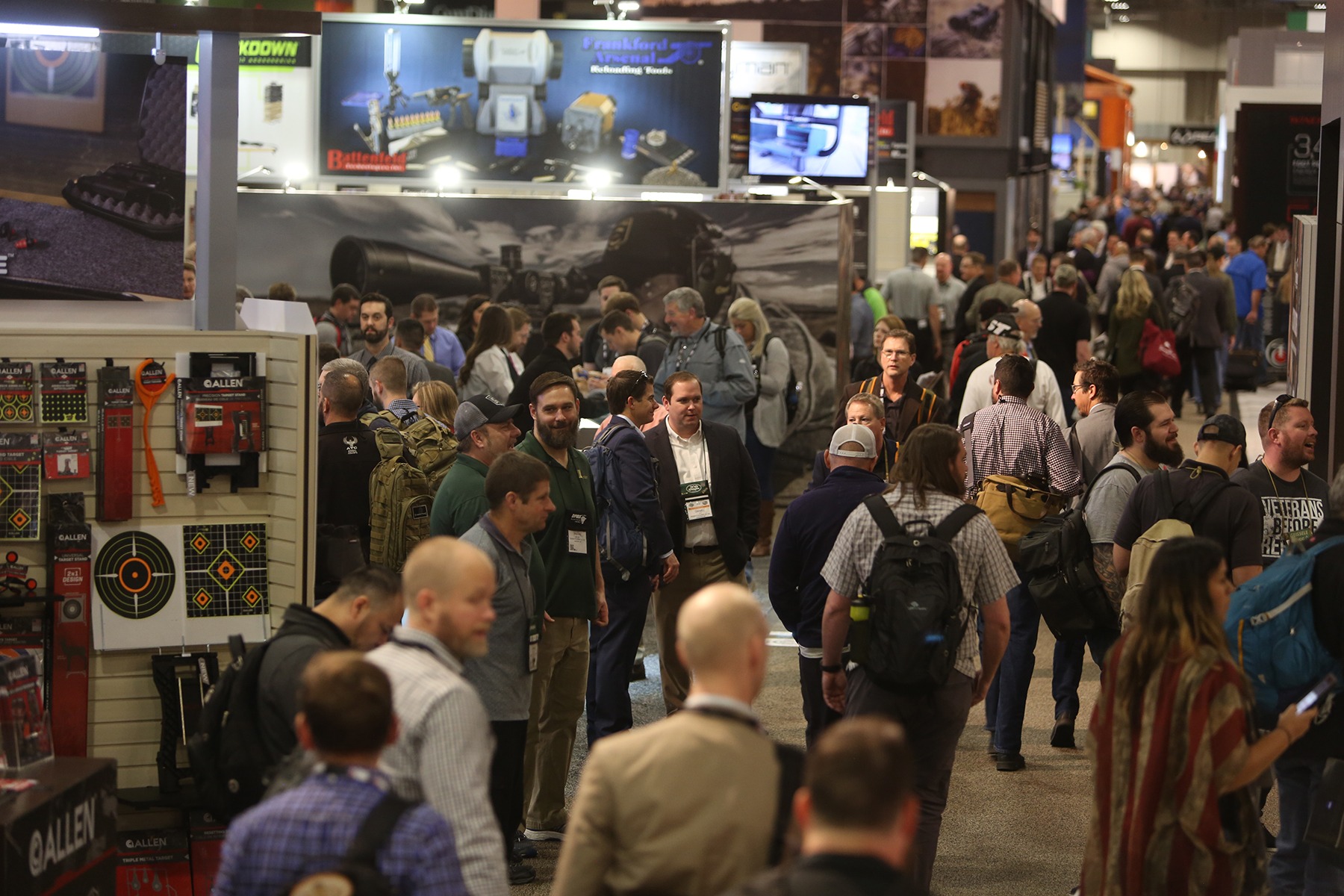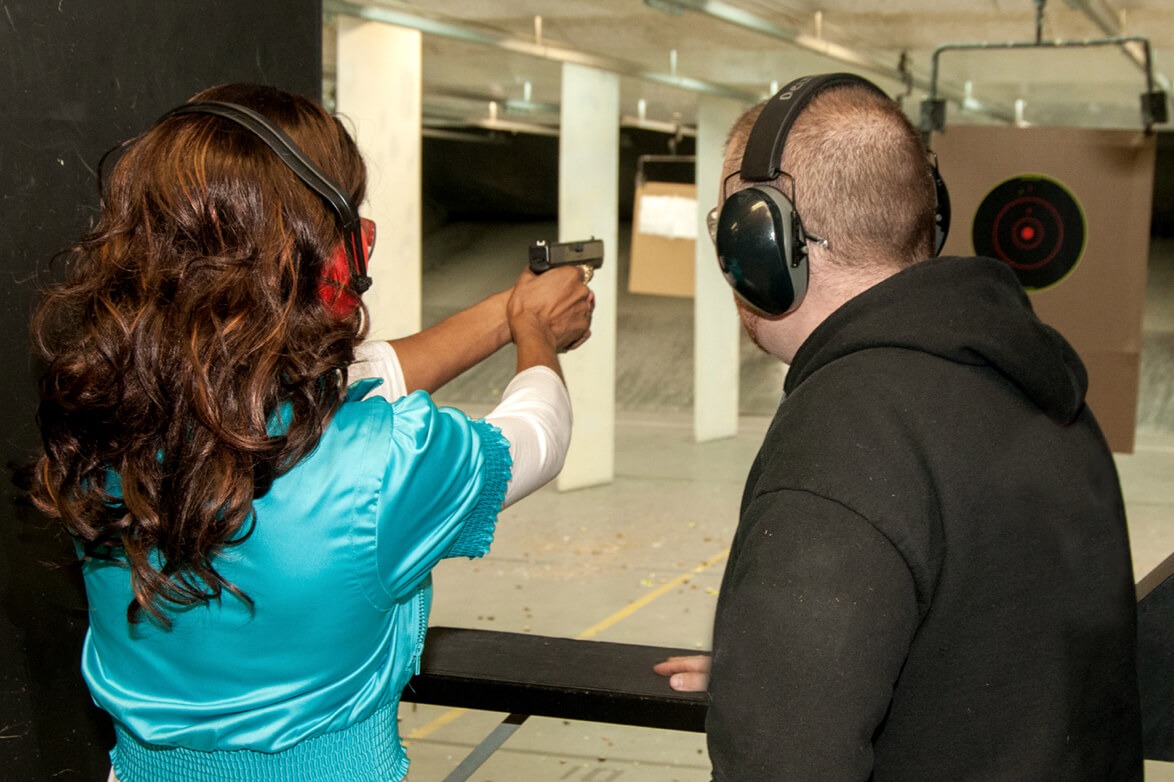 Back to News
Back to News
June 6, 2017
Security Basics: How to Criminal-Proof a Gun Store or Shooting Range
According to ATF’s most recent FFL Theft/Loss Reports, in 2016 there were 558 reported burglaries at FFLs and 7,488 firearms were reported stolen. As that 558 number represents a 48 percent increase in reported burglaries from FFLs compared to 2015, these crimes remain a high concern for our industry today.
There will always be criminals planning their next big heist, and that means security will always be a top concern for retail firearms dealers and firearms range operators. Theft is never going away, but often a few smart investments can greatly reduce your exposure to losses. It all comes down to finding the right security solution for your budget and situation. Let’s look at the minimum requirements and recommendations you should consider for your gun range. In doing so, we’ll assume that your range is also selling or storing firearms on the premises and subject to ATF requirements for maintaining accurate inventory records and reporting stolen firearms. Also, for this article I’ll focus on affordable security solutions, then explore more in-depth security solutions in later articles.
Most criminals targeting a firearms dealer will first case your location, looking for obvious vulnerabilities, security systems in and not in place and opportunities to successfully complete their crimes. Most FFL burglaries today are also committed by more than one individual, and stolen vehicles are frequently used to crash through a vulnerable access point to affect a smash-and-grab crime. Therefore, your “impression of control” — what criminals will perceive to be obstacles to their success — will go a long way towards preventing a burglary.
Common vulnerabilities that criminals look for when targeting a firearms dealer or range include:
- Lack of adequate perimeter and site security measures, including fences, bollards, landscape design and exterior lighting. Exterior lighting that doesn’t illuminate all night or include motion sensing activation will be noted by criminal elements.
- Building designs that lack security considerations, including smash-resistant doors, gates, glass, security grills and gates, exposed perimeter walls and easy roof access.
- Lower-quality, non-commercial locks and door hardware or missing lock guard plates. Commercial grade and key way-controlled (keys can’t be copied) access points, dead bolts, guard plates, emergency egress locks and secondary locking mechanisms will be noted as deterrents to criminals.
- Alarm systems, including those that encompass glass protection, interior motion sensors, door and access panel contacts and panic buttons.
- Lack of security and adequate lighting in loading docks, shipping and receiving areas
- Lack of security at HVAC systems, roof access doors, panels and duct work.
- Older, outdated security cameras and monitoring systems. Also, systems that are not readily visible (the public can see the cameras) can also be seen as a lack of security. Remember, this is about your impression on criminals. If they don’t see cameras and assume you don’t have such a system in place, you become a more promising target in their eyes. That doesn’t mean hidden cameras won’t catch them in the act, but wouldn’t you rather deter a crime rather than deal with the aftermath of one?
- Cameras that aren’t in every place they should be. In addition to exterior and interior points of vulnerability, cameras should monitor all gun range activity (which also serves as a safety and liability safeguard), firearms handling areas and firearms storage locations. With these, public-view monitors demonstrate to visitors—including those with criminal intent–that you have serious security investment and monitoring.
- Inferior firearms storage inside your facility. This can include utilizing or not utilizing high-security showcases, firearms safes, cable locks and secure stockrooms.
The minimum protective measures firearms retailers and range operators should consider include:
- Planning and preparedness through a site-specific threat analysis and vulnerability assessment.
- Discuss a “consequence analysis” with your management team; in other words, what would be the downsides to the business if a burglary were to occur? This kind of perspective—interrupted customer traffic, sales commission loss, pay cuts, job loss, etc.—can help increase awareness of suspicious customers and overall store security.
- Develop a crisis response action plan in the event a burglary should occur. This should include a discussion and outline of everything you would have to do in the 48 hours following a break-in.
This last item, your crisis response action plan serves another purpose. Once you’ve created this plan, you can use it to review, upgrade or redesign the basic security requirements of your range. In addition to the areas of vulnerability I talked about earlier, you should also regularly examine:
- The flow of range customers from entry-to-exit. Consider how you customers can enter and exit safely with their firearms. Can customers enter casually carrying rifle cases (if permitted) without interfering with retail customers shopping? Is there quick and easy emergency egress available out of the range?
- Considerations for carry of personal firearms, ammo bags, and other gear through your store, past all retail product areas and controls in and out of the range. We trust our customers, but shoplifting is an inherent challenge when operating a retail store. Having a direct route to and from your range is typical when a range is combined with a retail operation is a preferred design to preventing such theft. This may simply mean having a wider, unobstructed aisle created through the retail area. (Note: At the same time, you should consider what retail items would be appropriate to stock and display at or near the range entry for last-minute impulse sales. You’d certainly want to stock ammo nearby, but in a controlled area to comply with state laws.)
- Any webcam-enabled system that alerts you to activity and lets you check in on the store from any internet-enabled device. With such setups, make sure you can adjust the sensitivity of detection to avoid false alarms, which can happen if electronics (e.g., a cooling system or wireless router) switches on or off during the night.
- Safety and emergency communication systems that enable employees to manage range activity and make announcements.
- Your cyber security, such as those systems that protect your computer information systems, intrusion prevention, membership and POS data, retention of electronic range liability waivers, etc.
Physical security is where your store’s anti-criminal efforts begin, but you and your employees are also critical to your security program’s success. Never be afraid to encourage your staff—and even your customers—to follow the now common public rule of “see something, say something.” That means to store and range management and certainly to law enforcement when appropriate.
Do you have questions about your firearms range or store security? NSSF’s Store Security Audit team can help you assess the need for improved or upgrade physical security requirements and pre-build design support. For more information, visit www.nssf.org/retailers/SecurityAudit/.
John Bocker is an NSSF Security Consultant and Compliance Team Member, and Managing Director at JB Group, LLC, based in Denver, Colorado. JB Group is a business security and integrity strategy consulting company specializing in organizational security, risk management, employee integrity, operational controls, regulatory compliance and safety. Visit www.jbgroupco.com or call John at (720) 514-0609 for more information.
Categories: BP Item, Featured, Ranges, Top Stories









